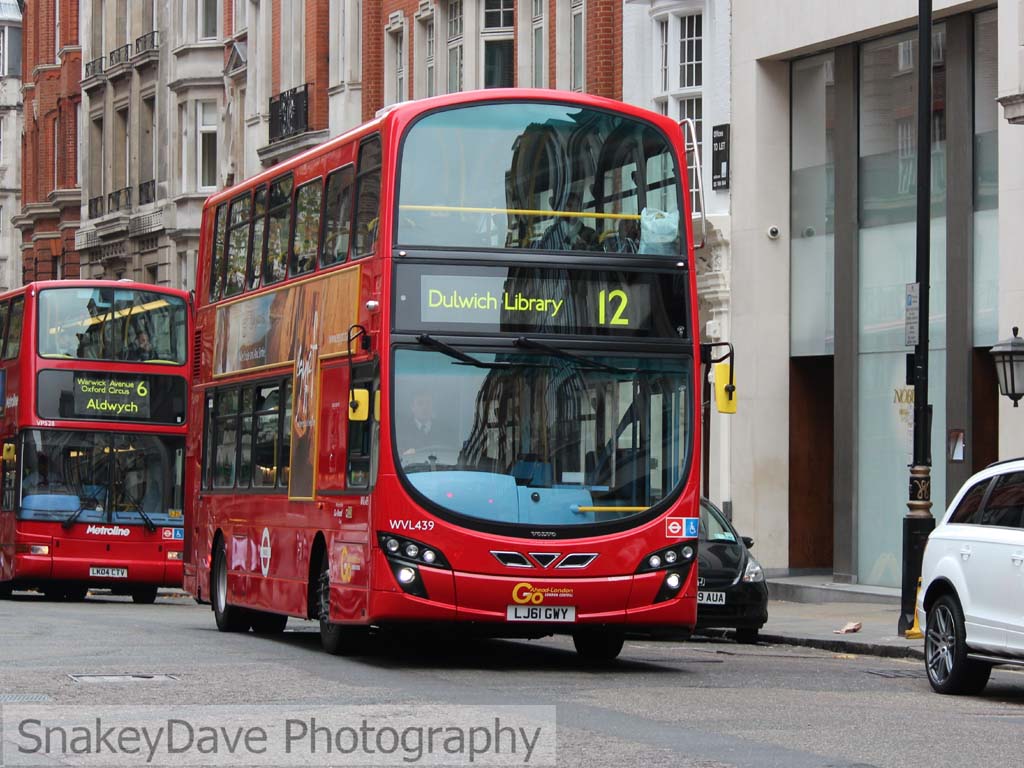Following a number of requests from readers I recently wrote a number of posts about buses and how to use them. I promised that I would summarise them and provide a direct link for future reference. I started to do this but, like Topsy, it just grew. (Btw - just who was this Topsy?) I also realised that the information might be of use to a wider audience so the end result is a completely new website:
There you'll find the original posts and some quick links that help you get straight to the information without wading through all my ramblings. I hope you find it useful.



I've been inundated with a request to explain why it is the buses sometimes come along in convoy (You wait ages for a bus and then four come along together . . .) So here goes.
Bus reliability is affected by traffic, level of passenger usage and, of course, the quality of the timetabling in the first place. On busy routes passengers don't need a timetable and present themselves at bus stops at random. The timetable allows a certain amount of time for stopping to pick-up passengers based on average boarding times but a larger than average number waiting at any one stop, or passengers taking longer than average to board or alight (due to infirmity, uncertainty about route or fare, failure to have right money ready) can adversly affect journey times. The level of other traffic also affects how easily the bus can rejoin the traffic flow after each stop.
Assume that buses are running on a five-minute headway. All is going well until "something happens" (and on a busy route over the course of a day it always will). An incident of some sort delays Bus A by perhaps one minute. Insignificant you may think, but the gap between Bus A and the bus in front has now increased by 20% to six minutes. As passengers continue to arrive at stops at random, Bus A is now picking-up
Meanwhile Bus B, five minutes behind Bus A, suddenly finds its passenger boardings have decreased by 20%. It gains time. Of course, buses running ahead of schedule should stop and wait for time, but this may not be practical in busy urban areas (nowhere to wait) and in any case, although gaining on the bus in front, Bus B may still be behind schedule. Bus A is now losing time whilst Bus B is gaining. At some point they start to run together.
Now, Bus C, five minutes behind bus B, finds that because Bus B is early the time-gap between it and Bus C has increased, so it starts to pick up more passengers (who should have been on Bus B in front) and spends more time at stops.. Bus D, behind C, therefore has fewer passengers waiting and gains time. Before long we have buses A and B running together, followed five minutes later by C and D.
But it's not over yet:
But it's not over yet:
Buses A and B are now effectively running as one bus, as are C and D. Cue another minor incident. A/B lose another minute or two and C/D start to catch them up (causing E/F to fall behind) If not corrected we soon have a convoy of four (or more) buses following each other down the road. At this point on a well-regulated system a regulator or control centre should step in and turn one or more of the buses short (after ensuring that passengers can be transferred to another vehicle) so as to restore the headway in the other direction, but sadly such regulation is considered a luxury by much of the industry. At one time the crews would sort it out amongst themselves (if only to ensure that they came off for a break on time) but with modern buses fitted with GPS trackers and tachographs they can't do that unless specifically authorised.
3 comments:
Wow.
Thanks Jim. I started reading your bus website, made it as far as the link to CBRD (if I've got that right) ... and that was it for the next couple of hours!
Yes, fascinating stuff isn't it?
Post a Comment